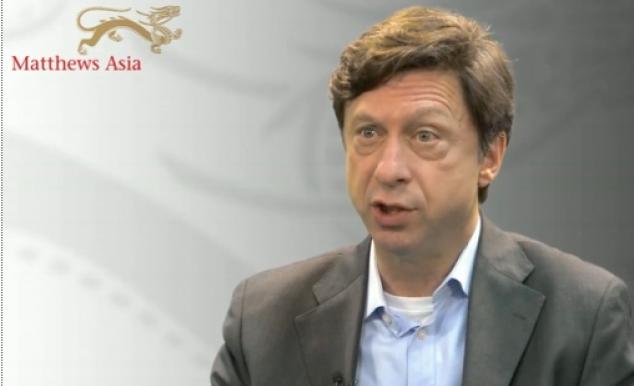China’s housing market is one of the most important parts of its economy—and also one of the most misunderstood. This is important because residential real estate, together with construction, last year accounted directly for about 10% of GDP, 18% of fixed-asset investment, 10% of urban employment and more than 15% of bank loans.
It is also misunderstood because few observers appear to understand the structure of China’s residential market. The last issue of Sinology, a publication designed to provide investors with a framework for understanding the Chinese authored by Andy Rothman, Investment Strategist at Matthews Asia, explores:
- The recent development of China’s property market is one of the world’s greatest and least-recognized privatization success stories, taking the home ownership rate to 89%, compared to 66% in the U.S.
- New home sales are driven by owner-occupiers, not speculators.
- There are more than 150 Chinese cities with a population of at least 1 million (only nine U.S. cities are comparable in size), and these account for the vast majority of home sales.
- New home prices rose at an average annual pace of 9% over the last eight years, but nominal urban income rose 13% per year.
- There is very low leverage among homeowners: about 15% have paid all cash and for those using a mortgage, the minimum down payment is 30%.
- Chinese banks have not been permitted to offer subprime mortgages. There are few asset-backed securities and almost no secondary securitization (such as collateralized debt obligations and collateralized loan obligations).
- There are some failed projects, but the “ghost city” story is greatly exaggerated. For residential projects three years post completion, the vacancy rate is 15%, similar to the 14% vacancy rate for U.S. housing units.
- Today the market is soft, but it is far from the collapse that many are writing about. Full-year sales volume is likely to be down 7% to 9% year-over-year, compared to a rise of 18% last year, but listed developers are gaining market share and many are having a healthy year.
- Median new home prices are softening, but are still up year-over-year and are up strongly over the last eight years.
Andy Rothman points out that the Communist Party leadership does not seem too worried about property; they’ve taken only modest steps to support the market, and have yet to make the policy move that would really boost sales: eliminating the rules that require those seeking a home upgrade to put down 60% cash (vs. 30% for a first-time buyer) and pay a higher interest rate.
The full report, which you may access through this link, concludes that the boom days for the property market are over, but fundamental demand remains healthy. It is sensible to look closely at sales volumes, average selling prices and competitive pressures, but “scary stories about bursting bubbles and ghost cities should be told around campfires, not investment committee meetings”.
Andy Rothman lived and worked in China for more than 20 years, analyzing the country’s economic and political environment, before joining Matthews Asia in 2014. As Investment Strategist, he has a leading role in shaping and presenting the firm’s thoughts on how China should be viewed at the country, regional and global level.


